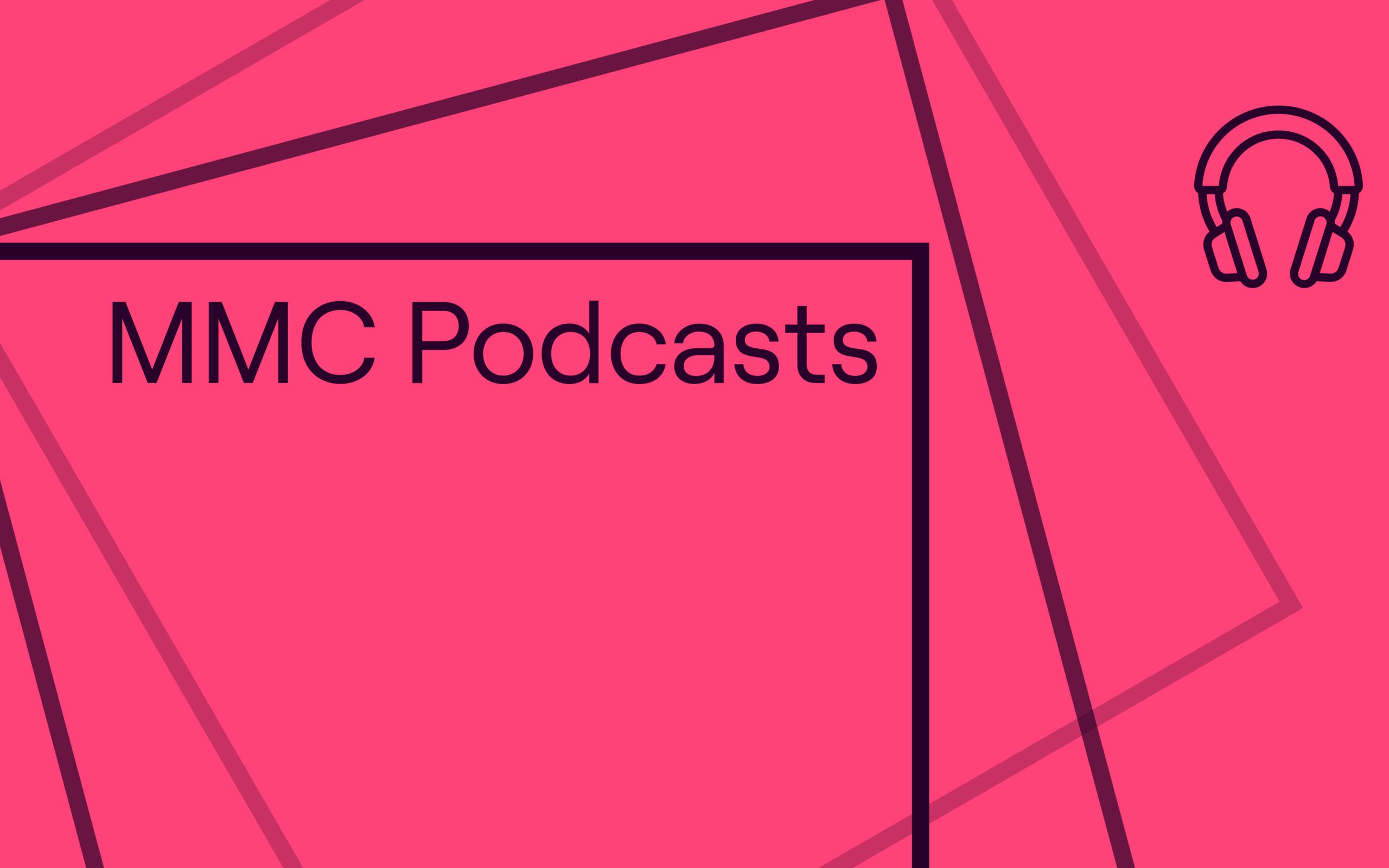Generative AI has been all the rage lately, but how is it affecting the healthcare sector? We sat down with Omri Sivan and Michal Meiri, co-founders of Agamon Health, to find out more.
Artificial intelligence (AI) is one of the key technological developments of the 21st century, making its mark on everything from business operations to education, from autonomous vehicles to entertainment, and from scientific research to healthcare.
While the healthcare sector has used AI in various forms for several decades, the application has become more widespread in recent years. The first AI system in healthcare, known as MYCIN, was developed in the 1970s to assist in the diagnosis of infectious diseases. Since then, AI has been used in a variety of applications in healthcare, such as medical imaging analysis, drug discovery, and personalised medicine.
Healthtech company Agamon Health is on a journey to redefine patient workflow management with AI automation. We spoke to the co-founders, Michal and Omri, to learn more about the future of workflow management, and how generative AI can produce better patient outcomes.
The backbone of patient care
A radiology report is a detailed document that includes information about the type and methodology of the imaging exam performed (e.g. X-ray, MRI), as well as a brief medical history of the patient, including any symptoms or known medical conditions that necessitated the exam.
“Five out of eight most common diseases are diagnosed by radiology so the radiology report is the start of many patient journeys. These reports often include recommendations for further visits that may be necessary, such as follow-up exams, lab work, procedures and even surgery! It is an incredibly important tool to help direct patient care; you can describe it as the backbone of the system”, explained Omri.
Much like a computer’s motherboard, radiology reports act as a connectivity point between the radiologist and the clinicians of different specialities. It is, therefore, crucial that the findings and recommendations of the reports are clear and comprehensive.
“We’ve seen a lot of discussions on what constitutes a good radiology report in the past few years. Despite the self-evident importance, radiologists often receive little to no formal training on reporting. Associations, like the American College of Radiology, have issued guidelines, but for many of the cases, there is no formal standard”, continued Omri.
Cause and effect
The patient care gap refers to the discrepancy between the quality of care that patients should receive and the care that they actually receive. This gap often arises due to insufficient communications, delays in test results, or other pitfalls in the healthcare system.
For example, in the case of radiology, the patient care gap can occur when a radiologist identifies a potential abnormality or issue on an imaging test but fails to communicate this information effectively to the referring physician, leading to a delay in diagnosis or treatment.
This gap can have serious consequences for patient health and well-being, including missed diagnoses, delayed treatment, and increased healthcare costs. Studies show that over 50% of the radiological recommendations are not followed up.
“Addressing the patient care gap is an important goal for healthcare providers and policymakers alike, as it can help to improve patient outcomes and reduce healthcare disparities”, said Michal.
Agamon’s platform helps to coordinate and automate the follow-up process by offering end-to-end workflow management. By harnessing the power of advanced AI and natural language processing (NLP), Agamon can extract the meaning from unstructured medical texts. The platform’s large language model (LLM) was trained, among other things, on over 20 million radiology reports.
Through its deployments in some of the largest US healthcare organisations, Agamon’s platform has demonstrated its ability to significantly increase patient adherence, helping hospitals and clinics to increase revenue, reduce costs and improve the patient experience.
“The results have been extraordinary. One of our clients identified three times more follow-up recommendations previously buried in radiology reports. Another client increased the number of scheduled patient follow-ups by 50%. It is fantastic to see how our technology improves patient outcomes”, commented Michal.
Radiology reports, reimagined
Over the past century, the format of radiology reports has transformed from handwritten notes to dictated text and now AI-generated content.
Generative AI, named for its ability to produce outputs that are greater than the function of inputs, has the potential to improve radiology reports in several ways. Agamon was an early adopter, first integrating generative features into its platform in 2021. Examples of applications include converting free text to structured tables, outlining summaries, transforming data into tables and graphs as well as forming departamental standards for radiology reporting guidelines.
“The aim is to identify the important clinical parts of the report, and make sure these are effectively taken care of in a liable and timely manner. Generative AI can make it easier for the reader by presenting the information in a way that brings their attention to points of interest”, said Omri.
“Physicians will use more and more voice to dictate information and hopefully spend less time typing and more time listening to their patients. For this to happen we need more generative AI tools that can transform voice-to-text and text-to-structured data”, continued Michal.
Additionally, generative AI can help to standardise radiology reports, ensuring that they are consistent and adhere to best practices and guidelines. This can be particularly useful in large healthcare organisations where multiple radiologists may be generating reports and can help to ensure that all reports are of consistently high quality.
“Standardised reports are particularly useful in countries with fragmented healthcare systems, where communication is limited between patients, healthcare providers and insurance companies”, explained Omri.
Another important trend, as pointed out by Michal, has been the increased focus on providing patient-centred care, and involving patients in the decision-making process. “Patients like to have access to their medical records and information.” However, the content of a radiology report is seldom easy to understand, as it is primarily intended as a communication medium between clinicians.
“A ‘cluster of biliary hyperechoic calcifications with posterior acoustic shadowing’ means the patient has gallstones. An ‘infiltrating mass’ can mean a tumour. The language is great for doctors’ fast note-taking, but not for patients lacking the proper context”, continued Michal.
Generative AI has the potential to provide more patient-friendly, automated reports, which can save radiologists time and improve the efficiency of the reporting process.
“Enhanced image visualisation and easy-to-digest summaries generated by AI can be a great step forward in patient-centred care, with the potential to increase patient satisfaction and engagement. But there are several ethical aspects to consider”, commented Michal.
“It is essential to acknowledge AI’s limitations: While AI can be of great assistance, it is important that human healthcare providers retain ultimate responsibility for patient care. Human oversight is necessary to ensure that AI-generated outputs are accurate and appropriate, and to make any necessary adjustments or corrections,” concluded Omri.
With its AI-powered platform already deployed in some of the world’s busiest hospitals, Agamon is well-positioned to help close the patient care gap.
Applications at the intersection of machine learning and healthcare data are helping drive much-needed change in the healthcare system, and a core part of MMC’s investment thesis. MMC first invested in Agamon Health in 2020, leading its Seed round alongside InHealth Ventures, Seedcamp, and Bayer G4A.






